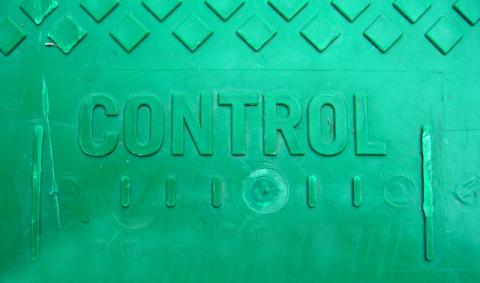Back to the Basics: Detection of Ventilation Loss
The minimum ventilation calculations should be made for the “worst case.” A direct measurement of the ventilation rate - using properly situated low-pressure switches - should be connected to the control logic so that the process shuts down immediately if ventilation falls below the minimum required.
In such cases the following shut down logic should be applied:





